Discover Khunjerab Pass, the 4693-meter-high border between Pakistan and China, steeped in history and rich with wildlife. Plan your visit now for unforgettable memories.
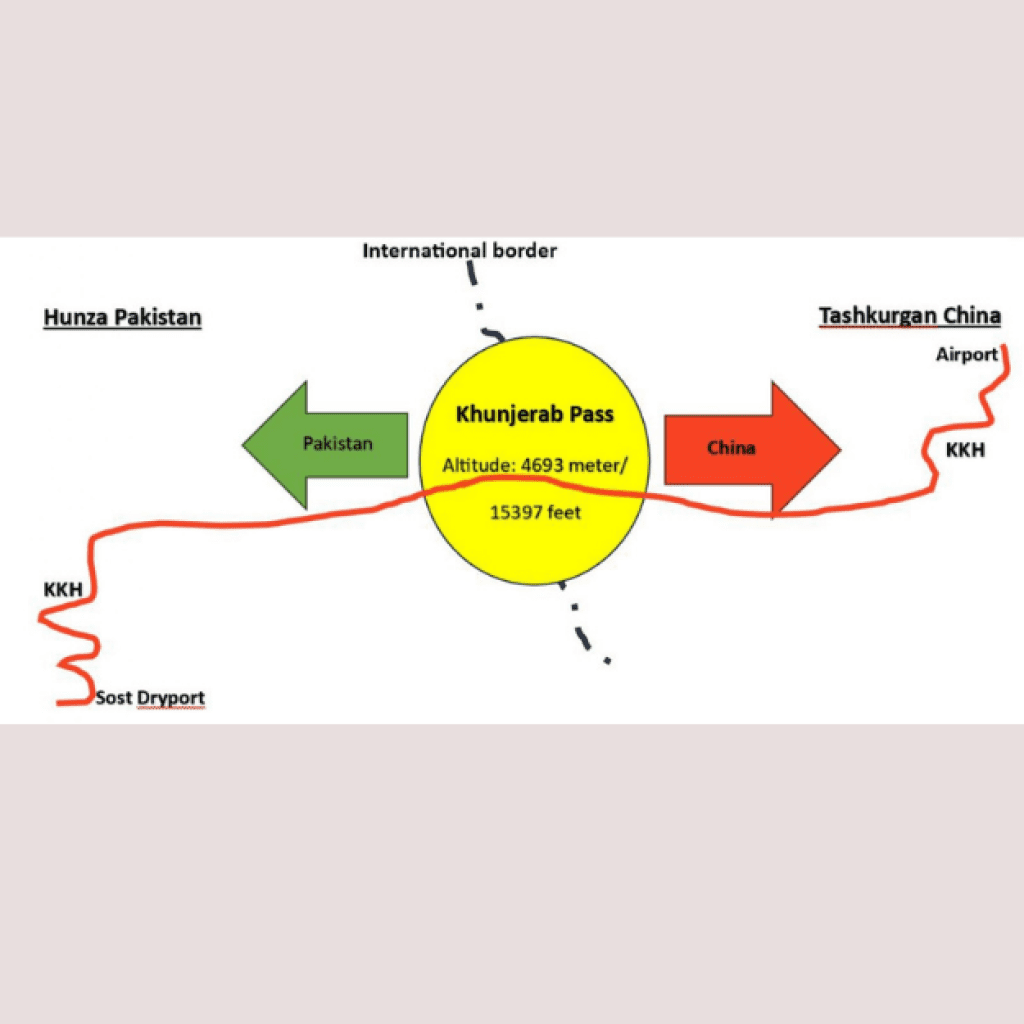
The Georaphical Musaic of Khunjerab Pass
‘Khunjerab Pass’ is the border crossing point between Pakistan and China at an altitude of 4693 meters. The word Kunjrab has been drawn from Wakhi dialect “ Khun means blood and Jrav means stream”. Before the construction of KKH (Karakruram Highway) this was inaccessible and negotiating it would surely spill blood. It was a very narrow passage for flow of Hunza river and the centuries old Hunza – China trade route was through Mintika Pass which bifurcates from KKH ahead of Sost town towards the northeasterly direction and passes through the Kalanderchi Fort (KD Fort).
However, Hunza people used Khunjerab as their summer pastureland and this practice still continues. The small nullahs along the Khunjerab valley are property of various villages and they have their summer gypsy huts at those places. I have the sweet memories of my childhood (1970ies) stay at Khunjerab pastures dedicated for my village and our gypsy hut still exists in Qurchnai (36.94919, 75.01301).
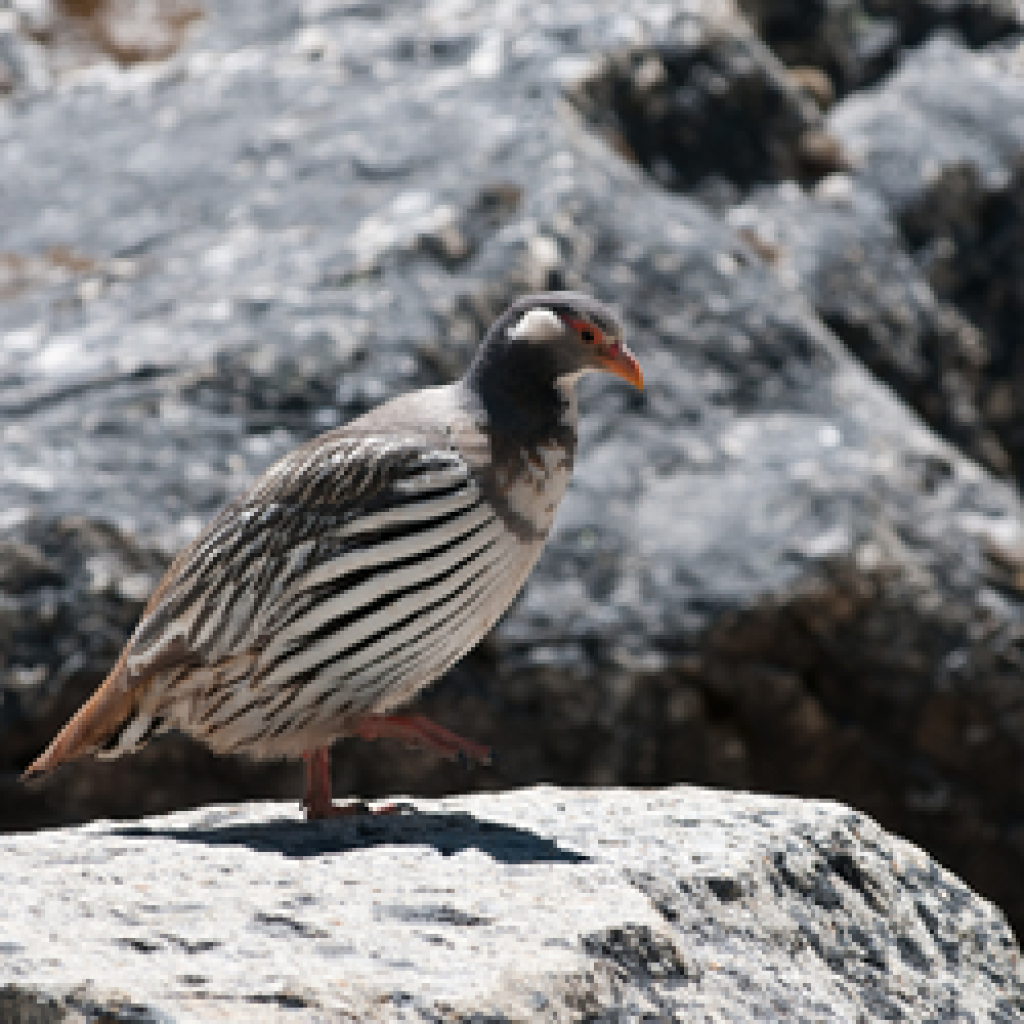
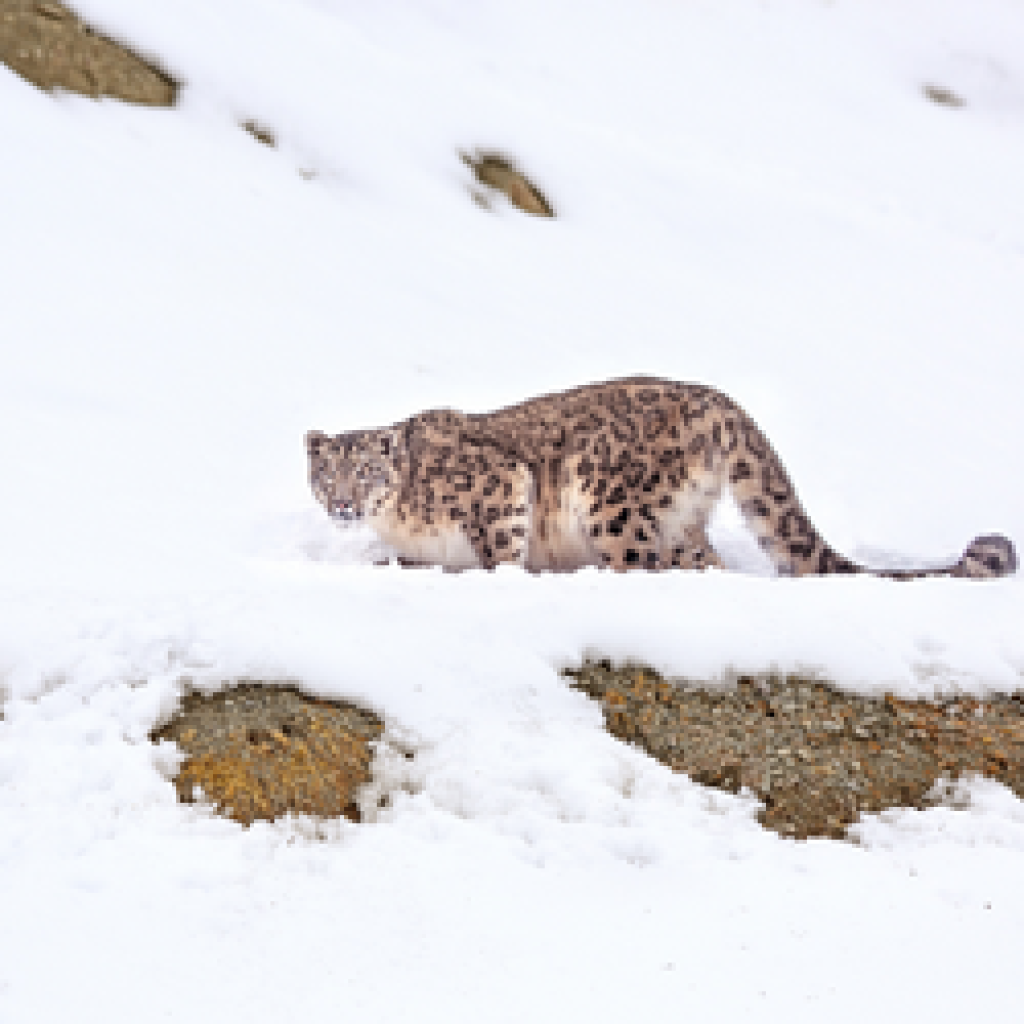
Khunjerab Pass a Wildlife Treasure
Khunjerab has been the habitat for some magnificent animals including snow leopard, brown bear, wolf (occasional visitor), Himalayan ibex, bluesheep, marcopolosheep and marmots. The snow partridge and snowcock reside at higher elevations and their whistling sound resonates within the valley. Domesticated yaks are found at most of the places along Khunjrab valley and it is the main source of gypsy load carriage and riding on difficult terrains. My TazMasshoon (name of my she yak) still lives in my memories carrying me over long distances with absolute obedience and care. The Doghbayd (persian poetry) sung by the gypsy shepherds to keep the predators away would resonate in the valley and also was used as messaging means between shepherds and lovers (this tradition is on the decline).
Khunjerab is the perfect example of habitat sharing between humans and wildlife. However, over the years due to the presence of armed police for protection of National Park, has started disturbing this fragile ecosystem. The lower places along the Hunza river were used by the public as summer pastures when the wildlife used to move on the higher altitudes. After the first snowfall in October the valley were vacated completely and the same places were used by the wildlife for breeding and winter survival. There is a need to vacate the place in winters or at least no firearm should be allowed in the valley during that season (November to April).


The area around Khunjerab Pass is inhibited by Wakhi people on both side of Pakistan and China. They are Sami-nomadic tajik who speak Wakhi and have cordial cultural and racial relation with across border. They have had inter marriages in the past and the relatives live on both side of the boarder. They are law abiding that is why there is no transborder smuggling in the area.
Khunjerab Pass is the RV (Rendezvous) for a meeting of the two friends i.e. Pakistan and China. Plan your trip with ‘Gypsy Traces & Tours” to meet your Chinese friend and take some smiling pictures as a sweet memory token. You may be lucky to find some wildlife during your journey through Khunerab Valley. “Gypsy Traces & Tours” is a tour operating company based in Pakistan that specialises in Khunjreab geography and wildlife trails. You may photoshoot a memorable wildlife scene in its original habitat.
Note: Khunjerab Pass is part of our national park and you are requested to keep it clean for use by your coming generations. Thanks
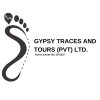
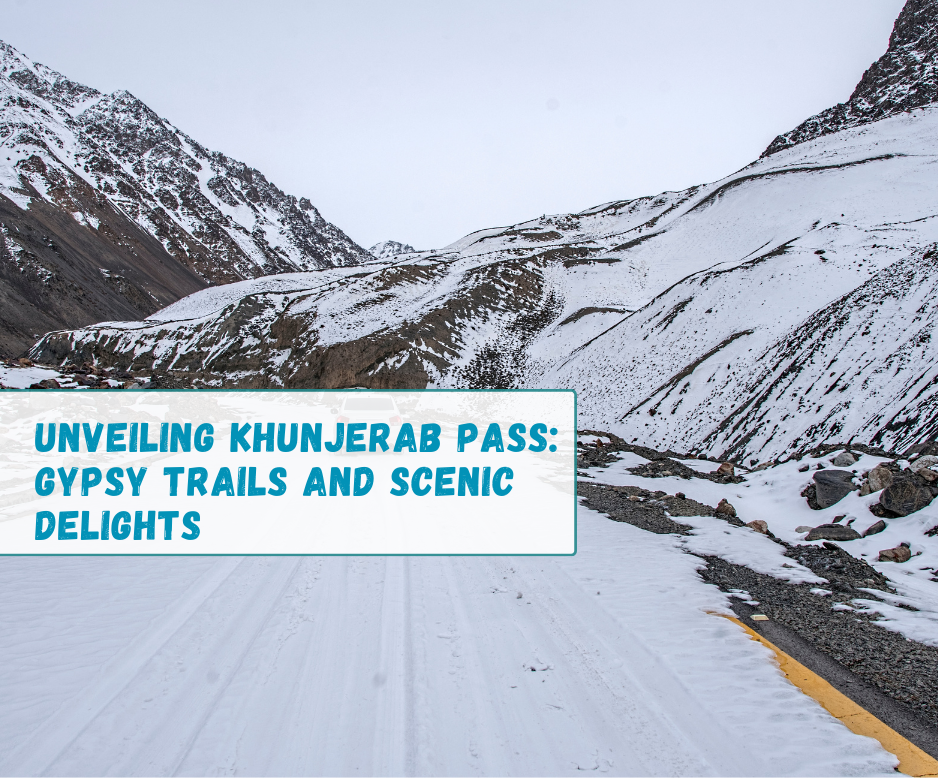
0 Comment